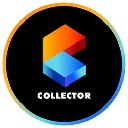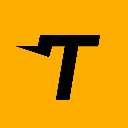-
 bitcoin
bitcoin $122288.232522 USD
0.16% -
 ethereum
ethereum $4480.662914 USD
-0.22% -
 xrp
xrp $2.962747 USD
-2.32% -
 tether
tether $1.000120 USD
-0.05% -
 bnb
bnb $1145.654223 USD
-2.07% -
 solana
solana $227.105217 USD
-1.67% -
 usd-coin
usd-coin $0.999548 USD
-0.02% -
 dogecoin
dogecoin $0.250875 USD
-2.04% -
 tron
tron $0.340654 USD
-0.49% -
 cardano
cardano $0.837968 USD
-2.52% -
 hyperliquid
hyperliquid $48.960449 USD
0.06% -
 chainlink
chainlink $22.049280 USD
-1.33% -
 ethena-usde
ethena-usde $1.000404 USD
0.02% -
 sui
sui $3.586212 USD
0.20% -
 avalanche
avalanche $29.894916 USD
-4.18%
does blockchain developer require coding
Blockchain development demands proficient coding skills, including expertise in Solidity, Python, Java, and JavaScript, as it involves the creation of smart contracts, blockchain platforms, and decentralized applications.
Oct 14, 2024 at 11:06 am

Does Blockchain Development Require Coding?
1. Understanding Blockchain TechnologyBlockchain is a distributed ledger technology that records transactions across a network of computers. It provides secure and transparent record-keeping, making it suitable for various applications, such as cryptocurrencies, smart contracts, and supply chain management.
2. Coding Skills as a Blockchain DeveloperWhile a deep understanding of blockchain concepts is essential, coding skills are a fundamental aspect of blockchain development. Blockchain developers need to be proficient in programming languages used for writing smart contracts and building decentralized applications on blockchain platforms.
3. Common Programming Languages for Blockchain DevelopmentThe most common programming languages used in blockchain development include:
- Solidity: A purpose-built language for writing smart contracts on the Ethereum blockchain.
- Python: Used for developing blockchain applications, writing scripts for automation, and implementing blockchain algorithms.
- Java: Known for its robust and enterprise-grade features, Java is used to build blockchain platforms and develop decentralized applications.
- JavaScript: A popular language for front-end development, JavaScript is also used in web3 development to create decentralized applications that interact with blockchains.
4. Coding Proficiency for SuccessThe level of coding proficiency required for blockchain development varies depending on the specific roles:
- Smart Contract Developers: Strong coding skills are essential, with deep knowledge of Solidity or other smart contract languages.
- Blockchain Engineers: In-depth coding experience is crucial to architect and develop blockchain platforms, requiring proficiency in low-level programming languages like Rust or C++.
- Decentralized Application Developers: Coding skills are needed for building and maintaining decentralized applications using front-end development frameworks and blockchain APIs.
5. Other Essential SkillsIn addition to coding, blockchain developers also benefit from the following skills:
- Cryptography and Data Security: Understanding cryptographic principles and techniques used in blockchain systems.
- Consensus Algorithms: Familiarity with consensus algorithms used in blockchains to achieve decentralized agreement.
- Distributed Systems: Knowledge of how blockchains operate within distributed systems, including topics such as consensus, data replication, and fault tolerance.
6. ConclusionYes, blockchain development requires coding skills. Blockchain developers need to be proficient in programming languages used in this domain, including Solidity, Python, Java, and JavaScript. They must have a deep understanding of blockchain concepts and be familiar with other essential topics related to distributed systems, cryptography, and consensus algorithms. By honing these technical skills, individuals can embark on a rewarding career as a blockchain developer.
Disclaimer:info@kdj.com
The information provided is not trading advice. kdj.com does not assume any responsibility for any investments made based on the information provided in this article. Cryptocurrencies are highly volatile and it is highly recommended that you invest with caution after thorough research!
If you believe that the content used on this website infringes your copyright, please contact us immediately (info@kdj.com) and we will delete it promptly.
- BlockDAG, DOGE, HYPE Sponsorship: Crypto Trends Shaping 2025
- 2025-10-01 00:25:13
- Deutsche Börse and Circle: A StableCoin Adoption Powerhouse in Europe
- 2025-10-01 00:25:13
- BlockDAG's Presale Buzz: Is It the Crypto to Watch in October 2025?
- 2025-10-01 00:30:13
- Bitcoin, Crypto, and IQ: When Genius Meets Digital Gold?
- 2025-10-01 00:30:13
- Stablecoins, American Innovation, and Wallet Tokens: The Next Frontier
- 2025-10-01 00:35:12
- NBU, Coins, and Crypto in Ukraine: A New Yorker's Take
- 2025-10-01 00:45:14
Related knowledge
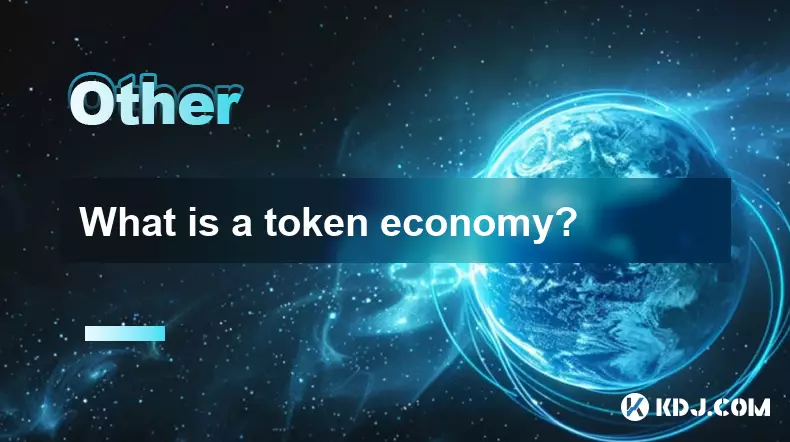
What is a token economy?
Sep 20,2025 at 12:18am
Understanding the Foundations of a Token Economy1. A token economy in the context of cryptocurrency refers to a system where digital tokens are used a...
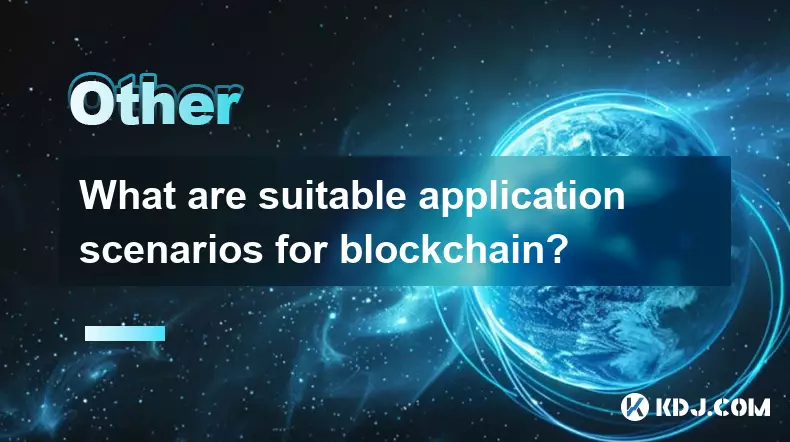
What are suitable application scenarios for blockchain?
Sep 20,2025 at 03:19am
Decentralized Finance (DeFi) Platforms1. Blockchain enables the creation of financial services without centralized intermediaries, allowing users to l...
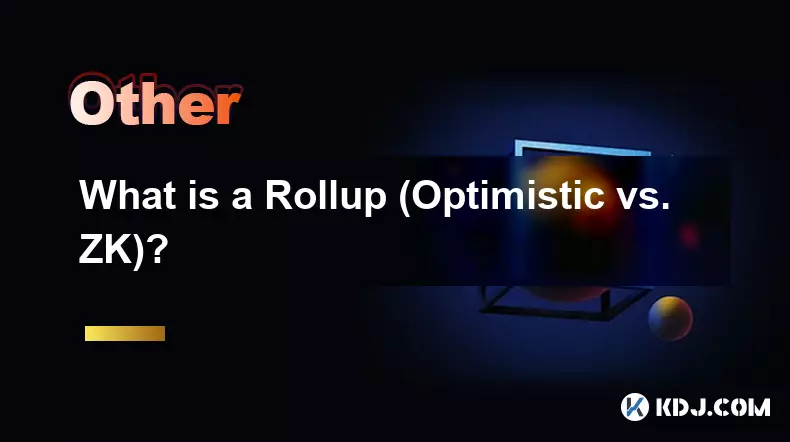
What is a Rollup (Optimistic vs. ZK)?
Sep 22,2025 at 03:00pm
Understanding Rollups in Blockchain Technology1. Rollups are layer-2 scaling solutions designed to increase transaction throughput on blockchains like...
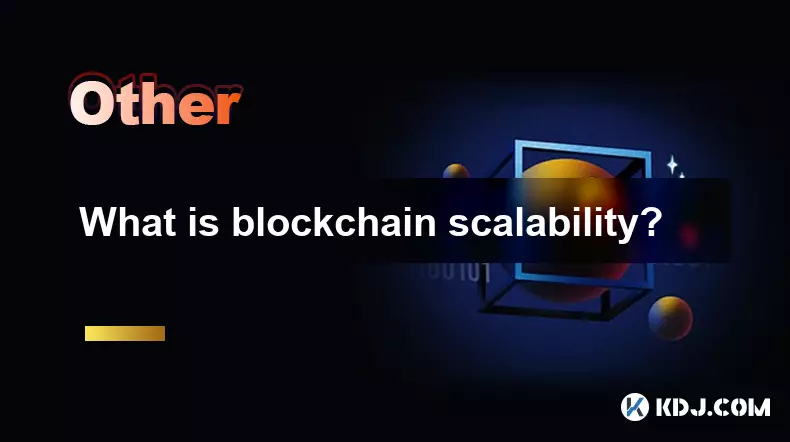
What is blockchain scalability?
Sep 19,2025 at 06:18am
Understanding Blockchain Scalability1. Blockchain scalability refers to a network's ability to handle an increasing number of transactions without com...
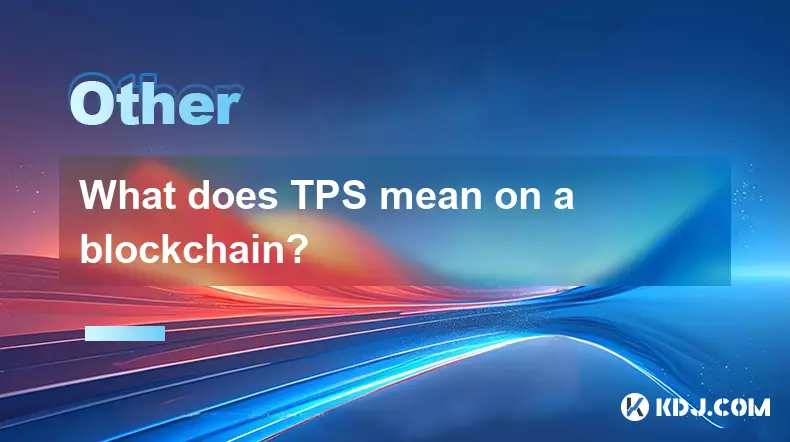
What does TPS mean on a blockchain?
Sep 21,2025 at 09:54am
Understanding TPS in Blockchain Technology1. TPS stands for Transactions Per Second, a metric used to measure the number of transactions a blockchain ...
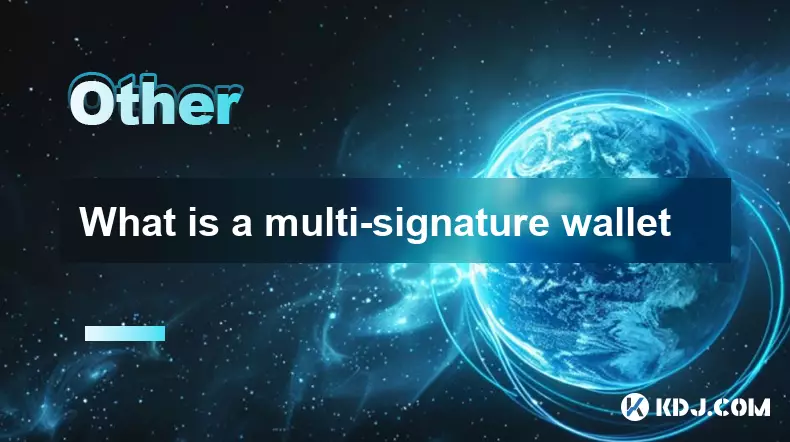
What is a multi-signature wallet
Sep 20,2025 at 07:00am
Understanding Multi-Signature Wallets in Cryptocurrency1. A multi-signature wallet, often referred to as a multisig wallet, is a type of cryptocurrenc...

What is a token economy?
Sep 20,2025 at 12:18am
Understanding the Foundations of a Token Economy1. A token economy in the context of cryptocurrency refers to a system where digital tokens are used a...

What are suitable application scenarios for blockchain?
Sep 20,2025 at 03:19am
Decentralized Finance (DeFi) Platforms1. Blockchain enables the creation of financial services without centralized intermediaries, allowing users to l...

What is a Rollup (Optimistic vs. ZK)?
Sep 22,2025 at 03:00pm
Understanding Rollups in Blockchain Technology1. Rollups are layer-2 scaling solutions designed to increase transaction throughput on blockchains like...

What is blockchain scalability?
Sep 19,2025 at 06:18am
Understanding Blockchain Scalability1. Blockchain scalability refers to a network's ability to handle an increasing number of transactions without com...

What does TPS mean on a blockchain?
Sep 21,2025 at 09:54am
Understanding TPS in Blockchain Technology1. TPS stands for Transactions Per Second, a metric used to measure the number of transactions a blockchain ...

What is a multi-signature wallet
Sep 20,2025 at 07:00am
Understanding Multi-Signature Wallets in Cryptocurrency1. A multi-signature wallet, often referred to as a multisig wallet, is a type of cryptocurrenc...
See all articles





































































